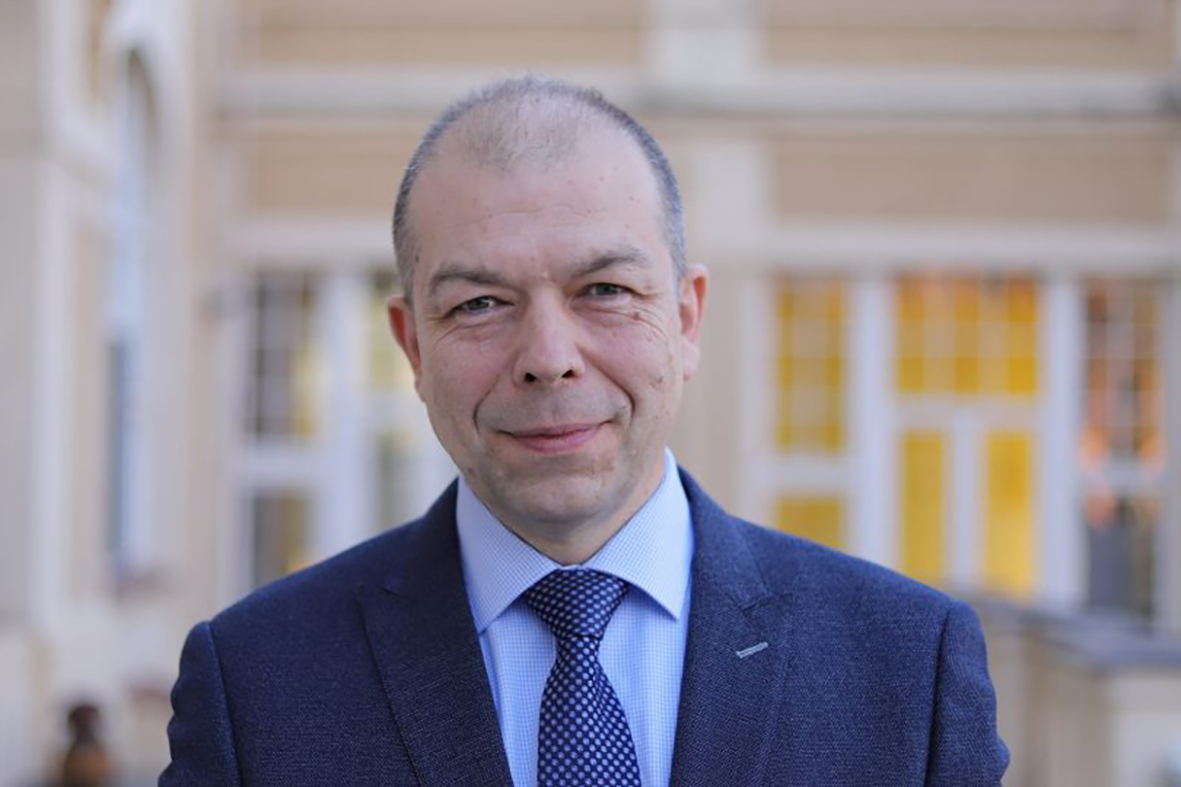A Legacy of Solidarity and Contemporary Art
The Lidice Massacre and the global response to this atrocity led to extraordinary acts of international solidarity. One of the most significant was the "Lidice Shall Live" movement, founded in Stoke-on-Trent, United Kingdom, by British doctor and politician Sir Barnett Stross MP (1899–1967). This initiative, supported by British miners and other local communities, was crucial in raising funds to rebuild Lidice, the Memorial, and the Culture House.
Stross’s commitment to Lidice extended beyond its reconstruction. In 1955, he founded the Rose Garden of Peace and Friendship, a living tribute to resilience and unity. A decade later, in 1966, he initiated the foundation of the Lidice Art Collection, envisioning a space that would both commemorate the Massacre and celebrate the village's rebirth. His call for contributions, supported by the Czechoslovak Foreign Ministry, resonated worldwide, and within a short time, artists from across the globe donated more than 300 works to the collection.
The collection’s reach extended even to West Germany, where the young gallerist René Block (b. 1942) responded to Stross’s appeal by organising exhibitions that confronted Germany’s National Socialist past. In 1967, his gallery in West Berlin hosted "Hommage à Lidice," showcasing works from the West German avant-garde. Block aimed to bring these works to Lidice, but political tensions delayed their arrival.
In 1968, Czech curator Jindřich Chalupecký successfully staged the exhibition "West German and West Berlin Avant-Garde for Lidice" at the Václav Špála Gallery in Prague. However, the Soviet-led invasion of Czechoslovakia abruptly ended these cultural exchanges. Fearing censorship and destruction, Chalupecký hid the artworks in Nelahozeves Castle, which remained concealed for decades.
Despite the Czechoslovak government’s original promise, a dedicated gallery for the Lidice Art Collection was never built. The works were stored in the Central Bohemia Gallery’s depository for many years. Block’s donated artworks were not publicly exhibited until 1996, and in 2004, the collection finally found a permanent home in Lidice. Today, it is housed in the original Culture House designed by Richard Ferdinand Podzemný, and the Lidice Art Collection is the region's most significant public contemporary art collection.
Lidice Art Collection continues to evolve, reflecting themes of memory, resistance, and solidarity while engaging new generations of artists, scholars, and visitors through community outreach, education, exhibitions, public programmes and residencies.
Meet Our Team
-

PhDr. Eduard Stehlík, Ph.D., MBA
Director, Lidice Memorial
Eduard Stehlík (b. 1965) is a Czech military historian, educator, and public servant. He specializes in Czech military history and veterans' affairs, focusing on preserving historical memory of significant events. Since 2020, he has been the Director of the Lidice Memorial. Previously, he served as Director of the Department for War Veterans at the MoD (2014-2019). He holds a PhD from Palacký University Olomouc.
-

Ing. Jana Chourová Plachá, MBA
Deputy Director & Head of Collections
Jana Chourová Plachá (b. 1987) is a Czech museum administrator, financial specialist, and heritage management professional. Since 2020, she has been the Deputy Director of the Lidice Memorial. Jana holds an MBA in Security and Crisis Management from the Central European Management Institut (2016) and an Engineering degree in Public Administration and Business Finance from the University of Finance and Administration in Prague (2014).
-

Miloslav Vorlíček MA
Head of Lidice Memorial Collection Digitisation & Residency Programmes, Curator & Registrar - Lidice Art Collection
Miloslav Vorlicek (b. 1983) is a curator, registrar, and educator working at the intersection of contemporary art, public collections, and institutional practice. Since 2023, he has led the Lidice Art Collection at the Lidice Memorial, where he initiated new EU-funded residency and digitisation programmes. Miloslav holds an MA in Curating Contemporary Art from the Royal College of Art (2014).



